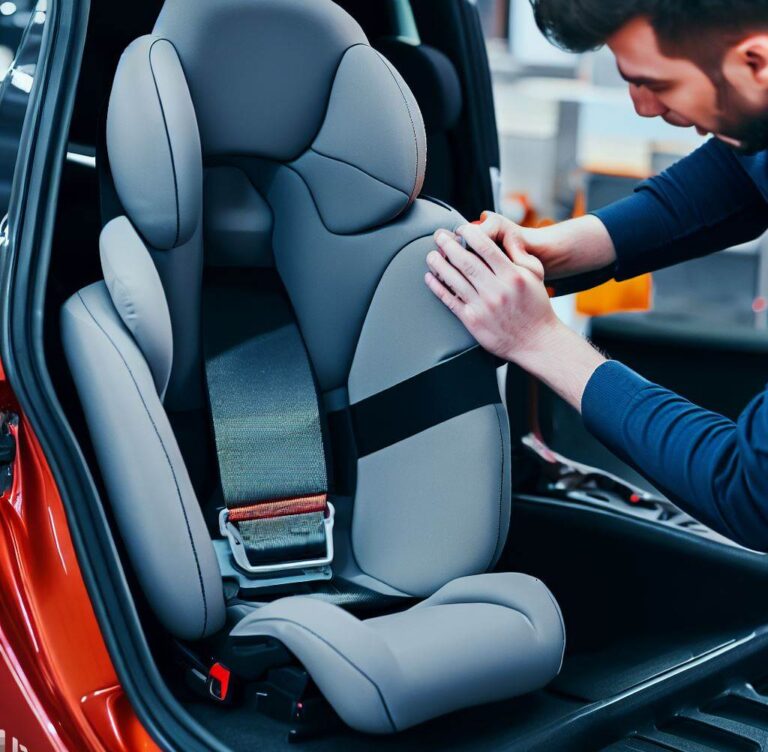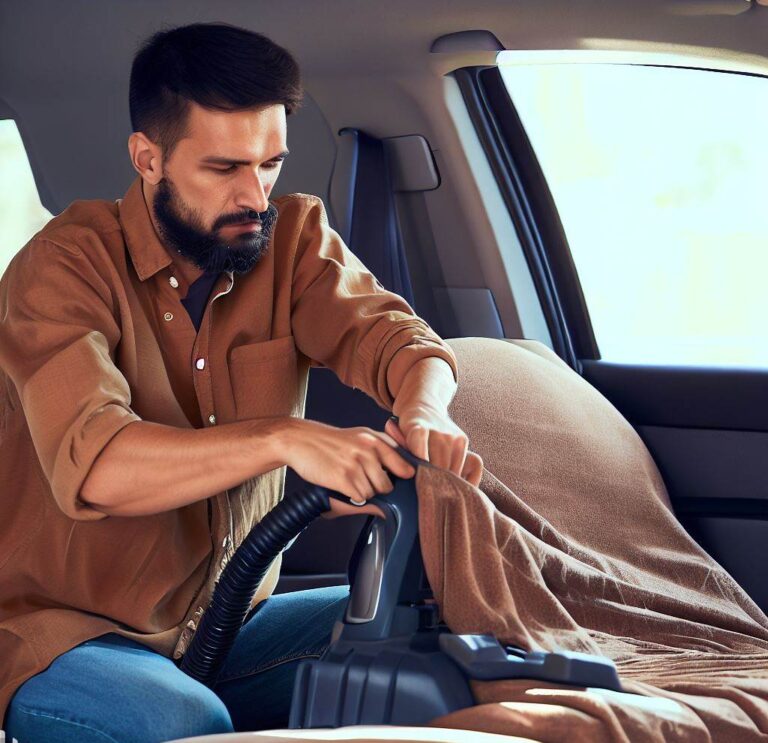Unlocking Safety: Can 10-Year-Olds Sit in the Front Seat?

The question, “Can 10-year-olds sit in the front seat?” is one that many parents grapple with. It’s a query that goes beyond mere convenience, delving into the realm of child safety and legal requirements. The answer isn’t as straightforward as one might hope, hinging on various factors such as the child’s height, weight, and the specific laws of your state. This article aims to provide a comprehensive guide on this topic, focusing on the safety aspects and legal implications.
Understanding the Risks
Before we delve into the specifics, it’s crucial to understand the inherent dangers associated with children sitting in the front seat. The front seat of a car, while seemingly harmless, can pose significant risks to children due to the potential impact during an accident and the deployment of front seat airbags. Airbags, while lifesaving for adults, can cause severe injuries to children due to their shorter stature and lower body weight.
Airbags are designed with adults in mind, deploying at speeds of up to 200 miles per hour. For a child, the force of this deployment can be deadly, especially if they are not properly restrained or if they are leaning forward at the moment of impact. This is one of the primary reasons why safety experts recommend that children under 13 years of age sit in the back seat.
Age-Specific Safety Guidelines
The American Academy of Pediatrics (AAP) recommends that all children age 12 and under should sit in the back seat. This recommendation is based on extensive research indicating that the back seat is the safest place for children. The reason for this is twofold: firstly, the back seat is the farthest from the point of impact in most crashes, and secondly, the front seat airbags can cause injury to children who are not tall enough to withstand the force of their deployment.
However, age is not the only factor to consider. The child’s height and weight also play a significant role. The National Safety Council recommends booster seats until at least age 9, 4’9″, and 80 lbs. Once a child outgrows their booster seat, they can transition to a standard vehicle seat, provided they pass the 5-step test:
- Back and bum flush against the back of the vehicle seat
- Bend your knees at the edge of the seat with feet flat on the floor
- Lap belt pulled tightly across hips touching thighs
- The shoulder belt is positioned between the neck and shoulder and laid flat on the body
- The child must sit correctly without slouching or stretching out of the shoulder belt
This test ensures that the seat belt fits the child correctly, providing maximum protection in the event of a crash.
State-Specific Laws
In addition to these general guidelines, it’s important to be aware of the laws in your specific state. Front seat laws vary widely from one state to another in the United States. Some states have laws that specify the age, weight, and height requirements for a child to sit in the front seat. Therefore, it’s essential to check your state’s laws to ensure you’re in compliance.
For example, in some states, children under a certain age (usually 12 or 13) are prohibited from sitting in the front seat. Other states may have laws based on the child’s height and weight. Some states may not have specific laws about children in the front seat but have laws about child restraint systems that indirectly apply to the front seat.
General Tips for Driving with Children
When driving with children, it’s important to follow some general safety tips. Always ensure that children use appropriately sized seat belts and safety seats at all times. Even on short trips, it’s crucial to buckle up – most accidents occur within a short distance from home.
Ensure that children below 13 years of age sit in the back seat. This is not just a recommendation but a rule in many states. Buckle any unused seatbelts to prevent children from playing with them. Children are naturally curious and may play with an unused seatbelt, potentially getting tangled or injured.
Model safe passenger and driving habits. Children learn from observing adults. If they see you buckling up every time you get in the car, they’re more likely to do the same. Also, avoid distractions while driving. This includes using your phone, eating, or turning around to address your child. If you need to attend to your child, pull over safely first.
The Importance of Proper Installation
A car seat or booster seat can only protect your child if it’s installed correctly. Make sure to follow the manufacturer’s instructions carefully. The seat should be tightly secured – it should not move more than an inch side-to-side or front-to-back. The harness should be snug with the chest clip at armpit level.
If you’re unsure whether you’ve installed the car seat correctly, many communities have car seat inspection stations. Certified technicians can check your installation and show you how to correctly install the car seat.
Transitioning to the Front Seat
When your child is finally old enough and large enough to sit in the front seat, there are still some precautions to take. Move the front seat as far back as it can go, away from the dashboard and the airbag. Make sure your child is wearing the seat belt correctly, with the lap belt across the hips and the shoulder belt across the chest.
Conclusion
In conclusion, while it may be tempting to let your 10-year-old sit in the front seat, it’s best to wait until they are at least 13 years old, meet the height and weight requirements, and pass the 5-step test. Remember, the back seat is the safest place for children, and ensuring they are properly secured in a car seat, booster seat, or seat belt can significantly reduce the risk of injury in the event of an accident.
FAQs
Q. Why is it important to follow the recommendation?
A. It’s crucial to follow these recommendations because they are designed to maximize the safety of children while in a vehicle. The guidelines take into account the physical development of children and how this impacts their ability to withstand the forces exerted during a car crash. By adhering to these recommendations, you significantly reduce the risk of injury to your children in the event of an accident.
Q. Is It Safe for 10-Year-Olds to Sit in the Front Seat?
A. Generally, it is not recommended for 10-year-olds to sit in the front seat. The American Academy of Pediatrics advises that children under 13 years of age should sit in the back seat. This is due to the potential risk posed by airbags, which are designed with adults in mind and can cause serious harm to children. However, the specific age can vary depending on state laws and the child’s height and weight.
Q. How to Keep 10-Year-Olds Safe in the Car?
A. To keep 10-year-olds safe in the car, ensure they are always properly restrained, whether that’s in a child car seat, booster seat, or using a seat belt, depending on their size. They should ideally be seated in the back seat. Teach them about the importance of seat belt use and ensure they understand to sit still and not distract the driver. Regularly check that car seats or booster seats are installed correctly and that seat belts are functioning properly.






